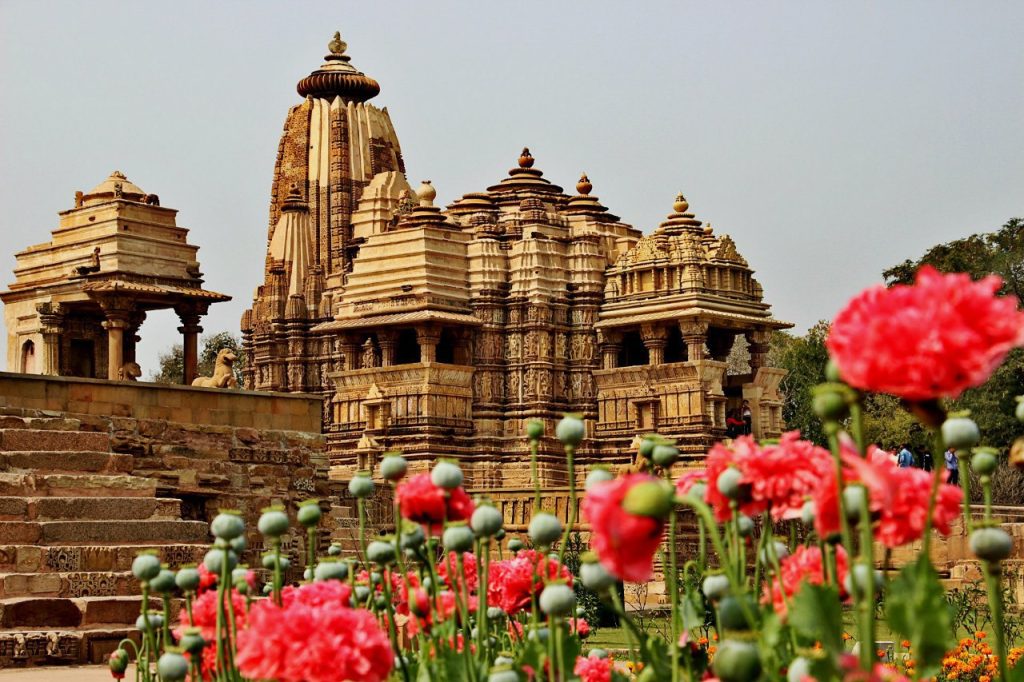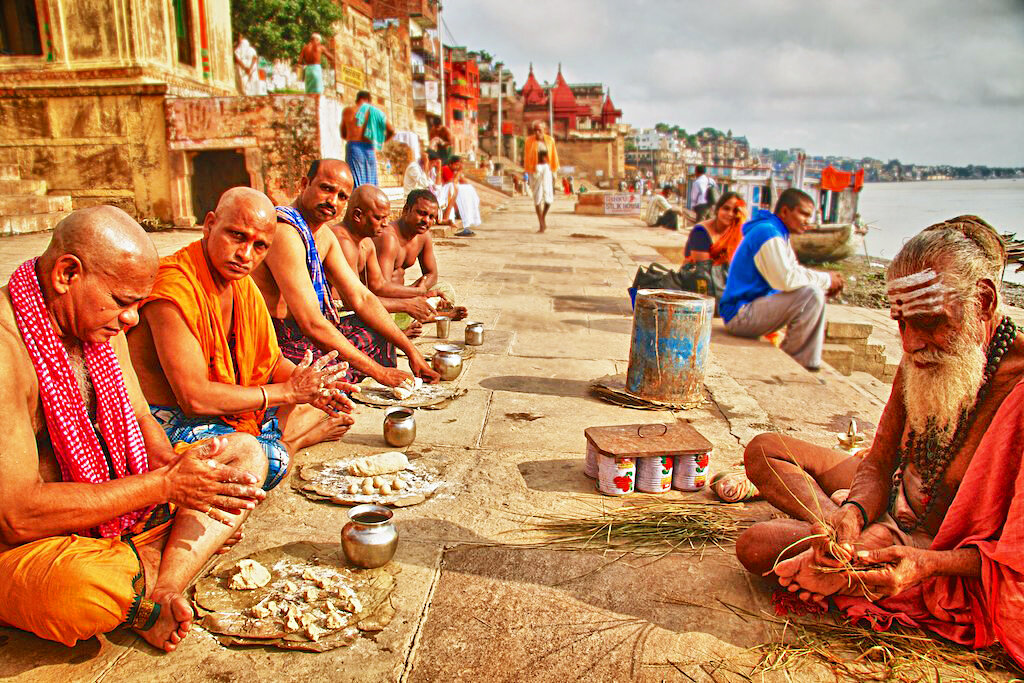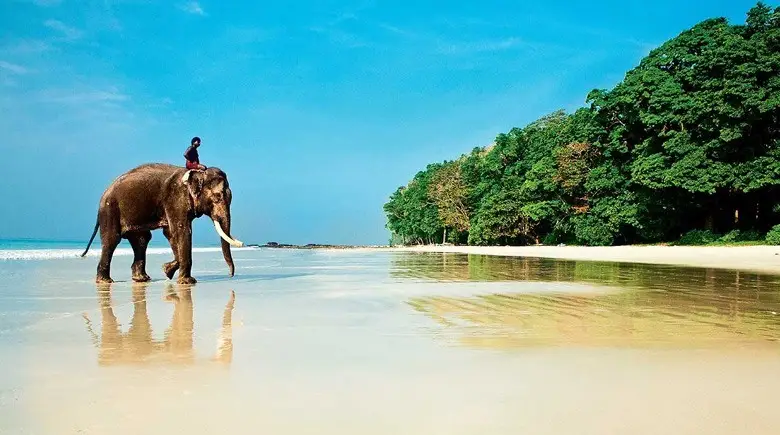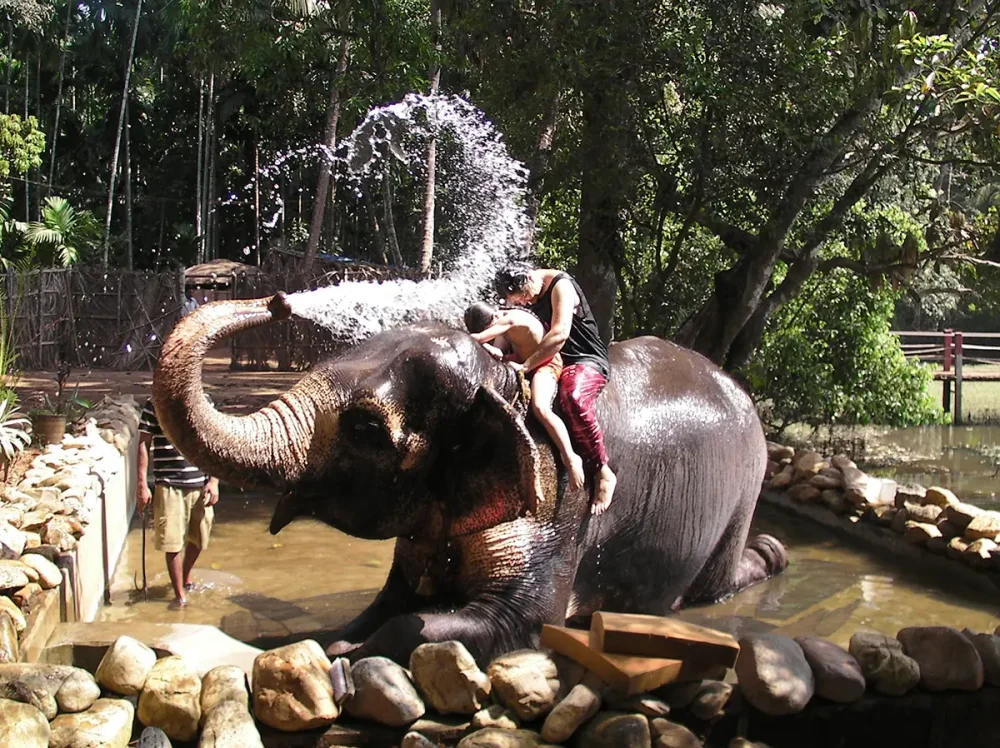The land of Hindus remains one of the most colourful in the world. The location attracts tourists with its versatility, ancient history and vibrant culture. Along with its popularity, many people still perceive India through the prism of stereotypes that often do not correspond to reality. Let’s take a detailed look at the real features of travelling, highlighting the richness of culture, natural beauty and hospitality of the locals.
India through the eyes of a tourist: first contact
Arriving in India, a traveller immediately finds himself in a world of contrasts. Bright streets, various flavours of spices and the rhythm of megacities create a unique atmosphere. Many people expect to encounter negative sides in advance, but the reality often turns out to be much friendlier and more hospitable.
Specific stereotypes about India often miss the key point – the incredible cordiality of locals. Hindus traditionally welcome guests with an open mind. From small villages to large cities, there is an unspoken code of respect for tourists. The phrase “Atithi Devo Bhava”, which means “A guest is like God”, symbolises the mental attitude towards foreigners.
Clean and comfortable: debunking stereotypes about India
 Various myths about India claim as if sanitary conditions cause difficulties. However, modern tourist areas are actively improving. Large cities and popular centres are installing advanced sanitation stations, improving infrastructure, and introducing waste management programmes.
Various myths about India claim as if sanitary conditions cause difficulties. However, modern tourist areas are actively improving. Large cities and popular centres are installing advanced sanitation stations, improving infrastructure, and introducing waste management programmes.
Hotels and service: a new standard
Stereotypes about India often associate hotels with insects and unsanitary conditions. In practice, the tourist business demonstrates a high level of service. Hotels in the 4 and 5 star category provide maximum comfort – air-conditioned rooms, thorough cleaning and checking hygiene standards. Large international chains maintain a world-class quality level, while local boutique hotels surprise with their personalised approach.
Nature and exoticism: what really amazes you
Many expect to see only cities and crowds, but India is famous for its natural wonders. National parks, the verdant hills of Kerala, the majestic Himalayas and the beaches of Goa form a whole world of natural wealth. The landscapes are striking and the number of rare species of flora and fauna impresses even seasoned naturalists.
Stereotypes about India sometimes distort the perception of resort areas. In reality, Goa is a leading beach holiday destination thanks to its mild climate, clean beaches and unique culture. The lines of Ashwem, Candolim and Palolem are becoming favourite holiday spots for families with children and yoga enthusiasts.
India’s religion and culture: respect and openness, contrary to stereotypes
India’s religious and cultural palette is staggering in scope. More than 2 million temples and religious monuments adorn the country’s landscape. Religiosity is often thought of as confining the locals, but India is surprisingly open to visitors of all faiths. The temples of Varanasi, Jaipur and Mumbai invite tourists to explore spiritual traditions, giving access to a rich cultural heritage.
Cathedrals impress not only with their history but also with their unique architecture. Complexes such as the Lotus Temple in Delhi or the temple city of Hampi illustrate the grandeur of ancient engineering and artistic thought. Each visit to these sites is accompanied by a guide who reveals the multi-layered history and cultural context.
Safety and comfort: real data
Contrary to individual prejudices, India is making serious progress in tourist safety. Police patrols, tourist police and 24-hour hotlines ensure prompt response to any situation. Tourist centres offer secured itineraries and comfortable travel facilities.
Money takes an important place in planning a trip. ATMs, exchange offices and electronic payments operate steadily in tourist areas. Banking systems make it easy to convert currency and manage finances on the move.
Stereotypes and reality of India
Stereotypes about India often focus on topics such as hungry beggars or incidents of cheating. These perceptions form a distorted view. The real picture is much more complex and multifaceted. Beggars are mostly found in the tourist areas of major cities, which is typical of any developing country. At the same time, the authorities take active steps to reduce street poverty and introduce assistance programmes.
Hindus and communication: honesty and tradition
The common perception of “cunning Indians” stems from a misunderstanding of cultural differences. Indians value bargains and like to bargain, which is perceived as part of the national tradition. Their openness and curiosity about tourists is matched by a genuine desire to help and explain, as evidenced by thousands of positive reviews from travellers across the country.
Insects and nature: myths about cockroaches
Certain myths about India claim that cockroaches in hotels are the norm. In fact, the tourism industry in the country is meticulous about the sanitation of the premises. Inspections are carried out regularly and premium hotels offer sterile conditions. India’s exotic nature is rich in flora and fauna, but the level of comfort is kept at a high level even in resort areas.
The government is actively involved in environmental programmes and greening initiatives. Projects like the Clean India Mission contribute to improving the sanitary condition of streets and tourist routes. The authorities are constantly expanding the network of public toilets, introducing waste segregation and popularising responsible attitude to the environment.
Why go to India: the pros of travelling
Despite a number of stereotypes about India, the country confidently retains its position as a top tourist destination thanks to its unique combination of ancient traditions, gastronomic diversity and rich itineraries. Travellers appreciate the availability of excursions, the atmosphere of festivals and the opportunity to get in touch with the world history in person.
Top 7 reasons to go to India:
-
Variety of nature – From the Himalayas to the beaches of the Arabian Sea, India offers dozens of climatic zones for travelling.

-
Culinary palette – the cuisine is famous for its richness of spices and variety of dishes, from masala to tandoori.
-
Ancient temples – religious monuments are striking in architecture and energy.
-
Festivals and holidays – Holi, Diwali and other events allow you to immerse yourself in the world of Indian traditions.
-
Hospitality – Hindus are known for being friendly and willing to help in any situation.

-
Ayurveda and wellness – an opportunity to get healthy through ancient practices and natural treatments.
-
Budget Tourism – India offers comfortable holidays at affordable prices even for long trips.
Conclusion
 Stereotypes about India create a distorted image of this colourful country. Once the details are sorted out, it becomes clear: the state combines hospitality, natural wealth and cultural heritage at an enviable level. Modern infrastructure and attention to the safety of tourists bring holidays here to a new standard. Travelling to India opens the door to a unique experience rich in impressions and dispels myths in practice.
Stereotypes about India create a distorted image of this colourful country. Once the details are sorted out, it becomes clear: the state combines hospitality, natural wealth and cultural heritage at an enviable level. Modern infrastructure and attention to the safety of tourists bring holidays here to a new standard. Travelling to India opens the door to a unique experience rich in impressions and dispels myths in practice.
 en
en  ar
ar  de
de  es
es  fr
fr  nl
nl  hi
hi  it
it  pt
pt  el
el 



